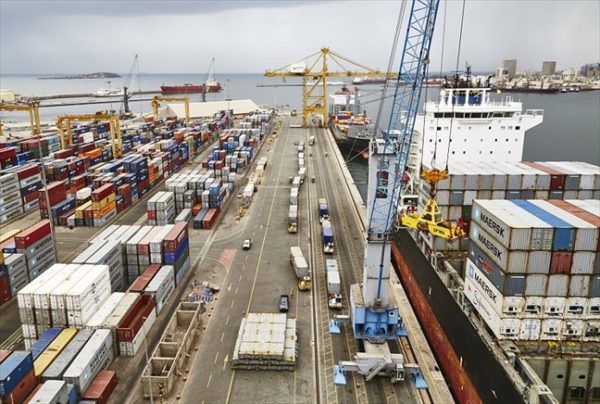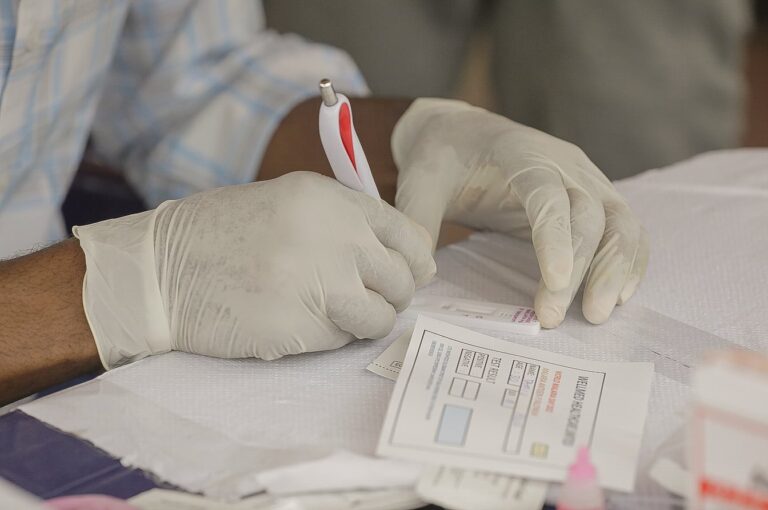
Senegal has made a significant stride in domestic financing by raising 132 billion CFA francs through a government securities issuance on the WAEMU regional market.
This figure, announced by the Public Treasury on July 26, 2025, surpasses the initial target of 120 billion CFA francs and highlights strong investor confidence despite ongoing uncertainties in talks with international donors like the IMF.
Since the election of Prime Minister Bassirou Diomaye Faye, Senegal’s negotiations with the International Monetary Fund have stalled, prompting the government to seek alternative funding avenues.
The issuance on the WAEMU market, held on July 21, represents a strategic move to tap into regional savings and mitigate the impact of frozen external disbursements.
This form of internal financing offers a more immediate cash flow solution with fewer political and structural conditionalities than international aid.
Investor appetite proved robust, with the operation’s coverage rate exceeding 150%, indicating abundant liquidity in the subregion and confidence in Senegal’s creditworthiness. The government offered securities across maturities of one, three, and five years. Encouragingly, yields on these maturities declined slightly compared to previous issuances—6.58% for one year down from 6.69%, 6.68% for three years versus 7.18%, while the five-year yield remained stable at 7.57%. This modest reduction in borrowing costs may reflect market anticipation of macroeconomic stability or a preference among institutional investors for safer regional assets.
However, this financing success must be weighed against the risks posed by rising domestic debt. Relying heavily on regional markets to compensate for stalled international funding risks escalating debt servicing costs and shortening debt maturities. Furthermore, sustained borrowing could crowd out private sector credit access or increase borrowing costs for businesses.
While the operation signals strong market confidence, it also underscores the urgency for Senegal to reform public finances, diversify its funding sources, and revive dialogue with international financial institutions. In an environment of shrinking fiscal flexibility, this achievement offers temporary relief but highlights the need for a sustainable, long-term financing strategy.



